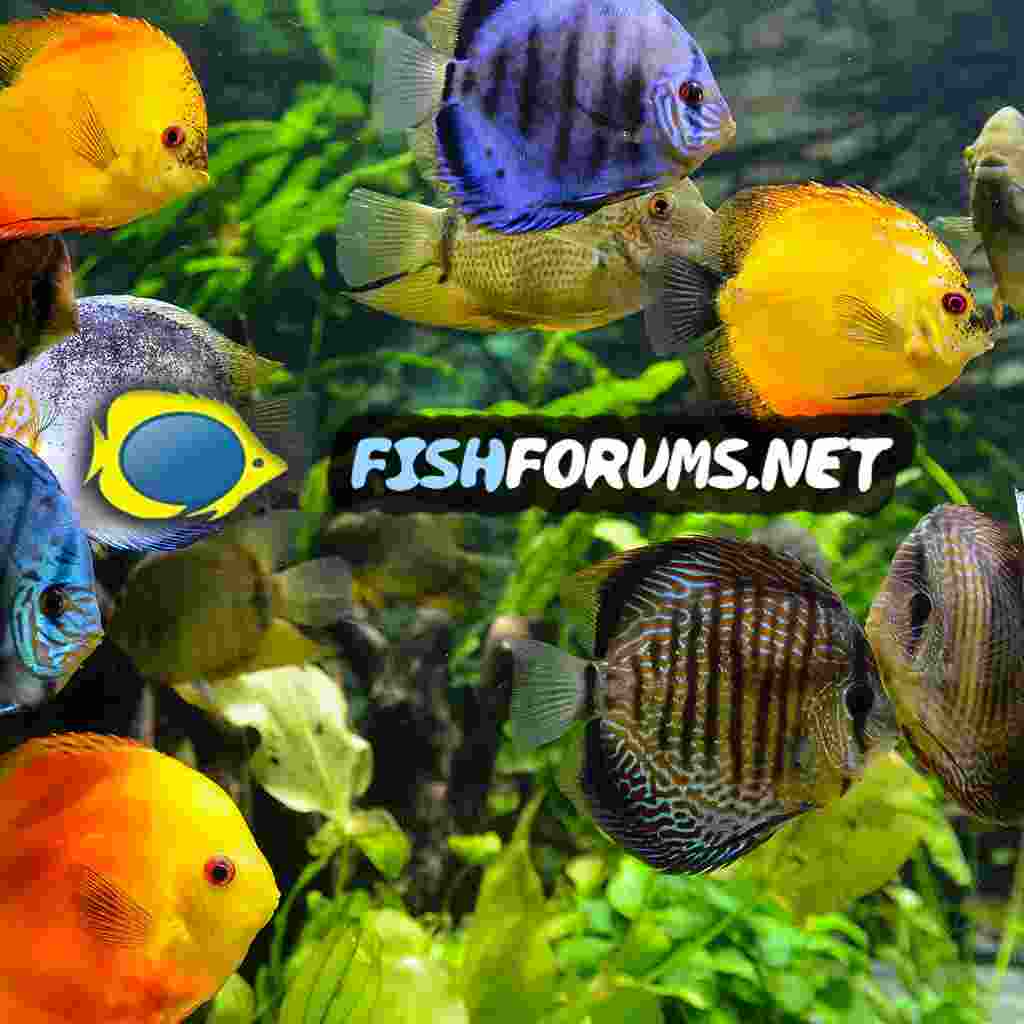Jadzir
Fish Crazy
Have read all the information on doing a fish less cycle ( several times ).
Just waiting for my tank to arrive to start the process.
I understand that once complete the tank can be almost fully stocked in one go.
Tank is -
300 litre ( before substrate etc.)
L- 150 cm
D- 38 cm
H- 50cm
After much thought I am going with ember tetras and dwarf Corydora. When the tank is mature I will be adding shrimp.
My question is with the species I want how many of each should I add post cycle ?
Thanks as always for the help
Just waiting for my tank to arrive to start the process.
I understand that once complete the tank can be almost fully stocked in one go.
Tank is -
300 litre ( before substrate etc.)
L- 150 cm
D- 38 cm
H- 50cm
After much thought I am going with ember tetras and dwarf Corydora. When the tank is mature I will be adding shrimp.
My question is with the species I want how many of each should I add post cycle ?
Thanks as always for the help




